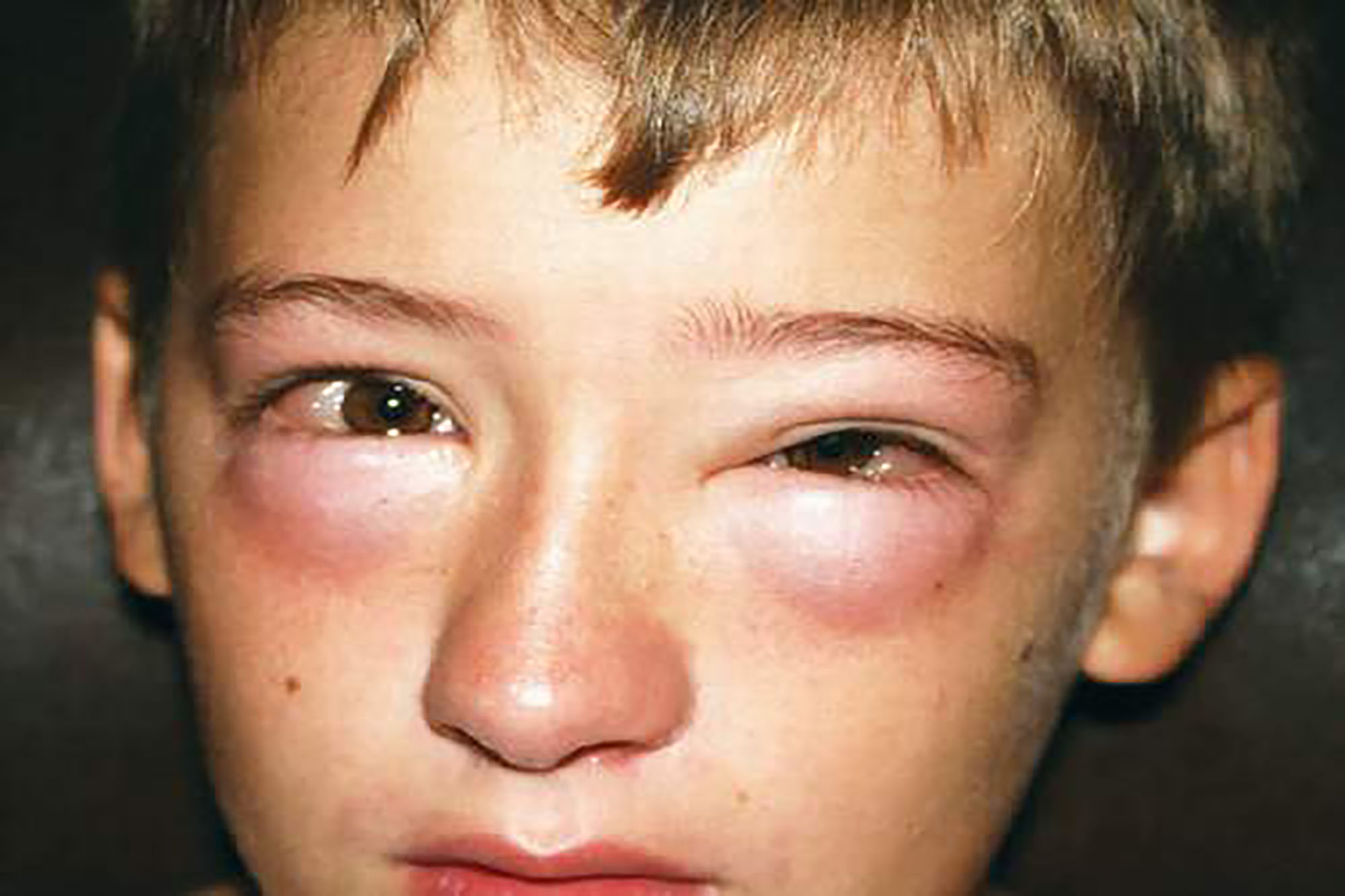
What is anaphylaxis? Anaphylaxis is a severe, potentially life-threatening allergic reaction that can occur within seconds or minutes of exposure to an allergen. Common triggers include certain foods, insect stings, medications, and latex. Symptoms can range from hives and swelling to difficulty breathing and a drop in blood pressure. Immediate treatment with an epinephrine injection is crucial to counteract the reaction. Without prompt intervention, anaphylaxis can lead to shock, cardiac arrest, or even death. Understanding the causes, symptoms, and treatments of anaphylaxis is essential for anyone at risk or caring for someone who might experience this serious condition.
What is Anaphylaxis?
Anaphylaxis is a severe, potentially life-threatening allergic reaction. It can happen within seconds or minutes of exposure to an allergen. Understanding this condition is crucial for managing it effectively.
- Anaphylaxis can cause your immune system to release a flood of chemicals that can cause you to go into shock.
- Common triggers include certain foods, insect stings, medications, and latex.
- Symptoms can include a rapid, weak pulse, a skin rash, nausea, and vomiting.
- Anaphylaxis requires immediate medical treatment, usually an injection of epinephrine and a trip to the emergency room.
Recognizing the Symptoms
Knowing the symptoms of anaphylaxis can save lives. Quick identification and treatment are essential.
- Symptoms often include difficulty breathing, swelling of the throat and tongue, and a drop in blood pressure.
- Skin reactions, including hives and itching, are common indicators.
- Gastrointestinal symptoms like diarrhea and abdominal pain can also occur.
- Some people experience a sense of impending doom or anxiety before other symptoms appear.
Common Triggers
Understanding what can trigger anaphylaxis helps in avoiding these allergens and preparing for emergencies.
- Peanuts, tree nuts, shellfish, and fish are common food triggers.
- Insect stings from bees, wasps, and hornets can cause severe reactions.
- Medications such as penicillin and aspirin are known triggers.
- Latex found in gloves, balloons, and medical devices can also cause reactions.
Diagnosis and Testing
Proper diagnosis is essential for managing anaphylaxis effectively. Various tests can help identify specific allergens.
- Skin prick tests can identify specific allergens causing reactions.
- Blood tests measure the amount of allergy-causing antibodies in your bloodstream.
- Oral food challenges are sometimes used under medical supervision to diagnose food allergies.
- Keeping a detailed history of your reactions can help doctors pinpoint triggers.
Treatment Options
Immediate treatment is crucial for anaphylaxis. Knowing what to do can make a significant difference.
- Epinephrine is the first line of treatment and is usually administered via an auto-injector.
- Antihistamines and corticosteroids may be used to treat symptoms but are not substitutes for epinephrine.
- Oxygen may be given to help with breathing difficulties.
- Intravenous (IV) fluids can help raise blood pressure.
Long-term Management
Managing anaphylaxis involves more than just immediate treatment. Long-term strategies are essential for safety.
- Carrying an epinephrine auto-injector at all times is crucial for those at risk.
- Wearing a medical alert bracelet can inform others of your condition in an emergency.
- Developing an action plan with your doctor can prepare you for future reactions.
- Avoiding known triggers is the best way to prevent anaphylaxis.
Impact on Daily Life
Living with the risk of anaphylaxis can affect daily activities. Awareness and preparation can help manage these challenges.
- Reading food labels carefully can prevent accidental exposure to allergens.
- Informing friends, family, and coworkers about your condition can ensure they know how to help in an emergency.
- Schools and workplaces should have an emergency action plan in place for those at risk.
- Traveling requires extra precautions, such as carrying multiple epinephrine auto-injectors and informing airlines of your condition.
Research and Advances
Ongoing research aims to improve the understanding and treatment of anaphylaxis. Staying informed about these advances can offer hope.
- New treatments, such as biologics, are being studied to prevent severe allergic reactions.
- Researchers are exploring the use of oral immunotherapy to desensitize individuals to specific allergens.
- Advances in genetic research may help identify those at higher risk for anaphylaxis.
- Improved diagnostic tools are being developed to better identify and manage allergens.
Support and Resources
Support networks and resources can provide valuable information and assistance for those living with anaphylaxis.
- Organizations like the American Academy of Allergy, Asthma, and Immunology offer educational resources.
- Support groups can provide emotional support and practical advice for managing the condition.
- Online forums and communities can connect individuals with similar experiences, offering a sense of solidarity and shared knowledge.
Final Thoughts on Anaphylaxis
Anaphylaxis is a serious, life-threatening allergic reaction that requires immediate attention. Knowing the symptoms and triggers can save lives. Common signs include hives, swelling, difficulty breathing, and low blood pressure. Triggers range from foods like peanuts and shellfish to insect stings and medications. Always carry an epinephrine auto-injector if you're at risk, and ensure those around you know how to use it. Prevention involves avoiding known allergens and wearing medical alert jewelry. Education is key—spread awareness to help others recognize and respond to anaphylaxis. Remember, quick action can make all the difference. Stay informed, stay prepared, and stay safe.
Was this page helpful?
Our commitment to delivering trustworthy and engaging content is at the heart of what we do. Each fact on our site is contributed by real users like you, bringing a wealth of diverse insights and information. To ensure the highest standards of accuracy and reliability, our dedicated editors meticulously review each submission. This process guarantees that the facts we share are not only fascinating but also credible. Trust in our commitment to quality and authenticity as you explore and learn with us.
